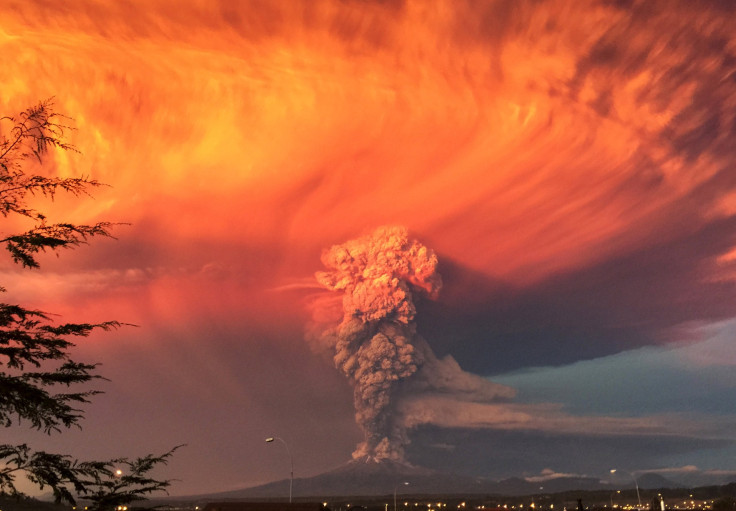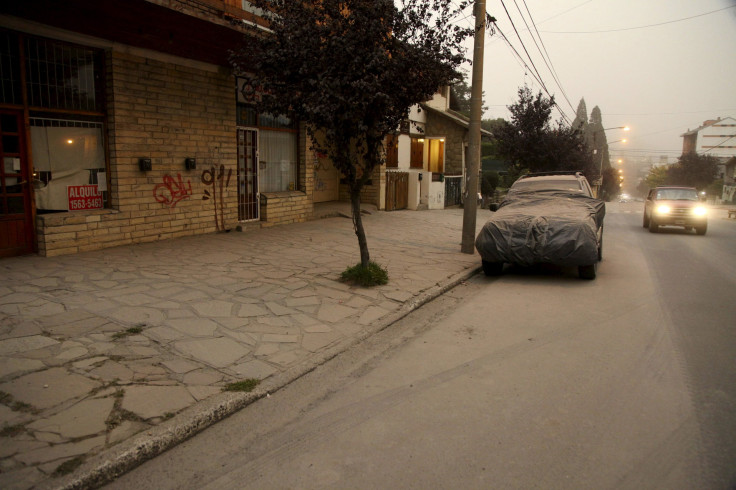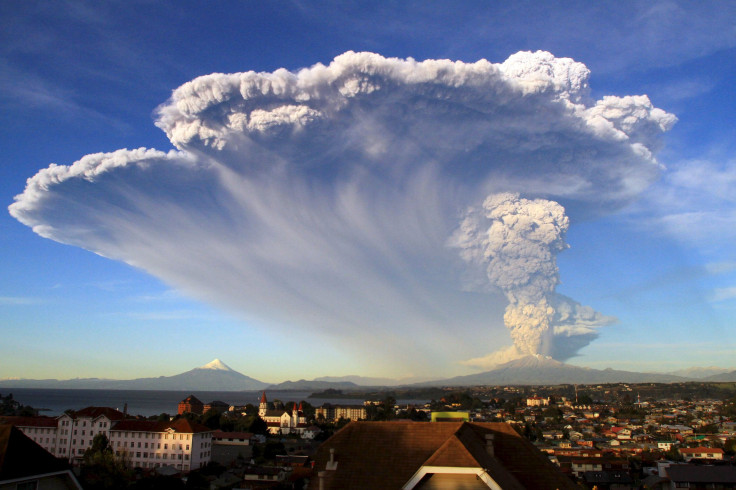
Chile’s Cabulco volcano erupted Wednesday evening, spewing ash into the sky and burned orange through the night. A second pulse of eruption ended Tuesday morning, according to the Chilean national geological service, Sernageomin. About 5,000 people were evacuated ahead from the area around Cabulco, which is located in a lightly populated province of Llanquihue, about 1000 km (650 miles) south of Santiago, Chile, the AFP reports. No one has been injured yet as a result of the volcano, but lava flows present unpredictable dangers.
For example, heat from the volcano is causing intense snowmelt, according to Sernageomin. There’s also the risk of a pyroclastic flow, rivers of lava bursting out of the hot. Depending on local weather conditions, pyroclastic flows can sweep hillsides with not only lava and gas from the volcano’s interior, but debris pickup along the way.
“The main risk is that it collapses, falls due to gravity because of its own weight and causes a pyroclastic flow,” vulcanologist Gabriel Orozco told local television, according to Reuters.
“Mi territorio de besos y volcanes,” my territory of kisses and volcanos, writes Chilean poet Pablo Neruda of his country. With over 2,000 volcanoes, they’re a big part of the culture. Chile sits in the Nazca plate, on the tectonic “ring of fire” that encircles the Pacific. Below you’ll find facts about the Cabulco volcano and other volcanoes in Chile, as well as the most recent photos from the Calbulco eruption.

Calbulco Volcano Facts
Volcano type: Stratovolcano
Volcano size: 6,500
Known eruption dates: 2015, 1972, 1961, 1929, 1917, 1911-12, 1909, 1907, 1906, 1895, 1893-94
Fatalities in 2015 eruption: 0
Plume height: 11 km (6.8 miles)
Eruption type: volcanic
Magma composition: andesitic and basaltic
Chile Volcano Facts
Highest: 6891 m (22,608 ft.)
Number of volcanos: 2,000
Number active: 500
Most active: Villarrica, Llaima, Lascar, Guallatiri, Osorno
Longest gap between eruptions: 9,000 years (Chaiten, which erupted again in 2009)
Types (shape) of volcanoes in Chile: caldera, cinder core, crater lake, lava dome, maar (very rare), pyroclastic cones, stratovolcano (most common), shield, submarine, subglacial (also rare)




© 2025 Latin Times. All rights reserved. Do not reproduce without permission.




